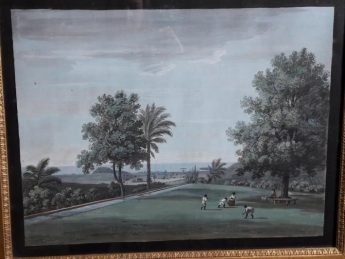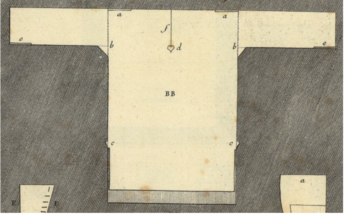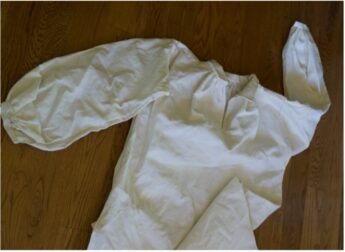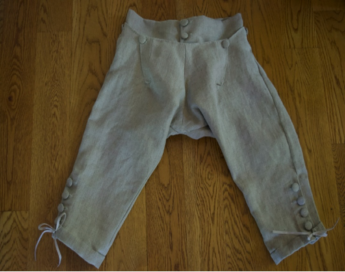How Did Enslaved People Dress?

A multidisciplinary artist and researcher, Stefan Romero is a recent graduate of Carnegie Mellon University’s BXA Intercollege Degree Program. As an undergraduate, Stefan conducted research and fabricated period garments at Colonial Williamsburg and the School of Historical Dress. For his history department thesis, he researched the sartorial narratives of 18th century runaway slaves in colonial America, receiving the John Hope Franklin Award for African American Scholarship. In the School of Drama, Stefan designed costumes for mainstage, black box, and film productions, and has since worked in the film and television industry in New York. As a 2020-2021 Fulbright Scholar at the University of Glasgow, he is completing a Masters in Dress and Textile History and centring his dissertation around African-American dressmakers of the 19th century.
How Did Enslaved People Dress in the 1800s?
The initial research for this project began with an analysis of Adam Callander’s paintings of the Home family plantation, Paraclete, in Grenada, an island in the Caribbean, where the Home’s harvested sugar cane and other crops using enslaved labour. Callander’s paintings are the only known images of the plantation from the 1789 as well as the only depiction of Ninian and Penelope Home who spent their final years in Grenada away from Paxton House.
 Paraclete Plantation, 1789
Paraclete Plantation, 1789
The paintings show enslaved individuals gardening and maintaining land close to the main house on the plantation, dressed in what appears to be a white shirt and knee length pants known as breeches. In other contemporary paintings by white artists of black Caribbean culture, nearly all the enslaved are wearing loose shirts and breeches that resemble those in Callander’s depiction.
The Shirt
 Shirt Pattern from L’Art de la Tailleur, 1769
Shirt Pattern from L’Art de la Tailleur, 1769
For my costume reconstruction, I utilized François Alexandre Pierre de Garsault’s pattern published in L’Art de la Tailleur in 1769. This is a highly informative text on the practices of eighteenth-century shirt making, which importantly provides both dimensions and step-by-step instructions. Regardless of age or class, a linen shirt was a fundamental garment in any man’s wardrobe, and differed only on quality of linen and construction. Fabricated from rectangles and triangles, the shirt was a relatively easy garment to construct and required few specialised tools.
 Linen Shirt recreated by Stephan Romero
Linen Shirt recreated by Stephan Romero
The underarm gusset, shoulder panel, and side-seam gusset are all indicators that this was a garment designed to withstand strain of daily wear. In fact, shirts were designed to last for several years. Flat felled seams (like the ones in your jeans), where the seam allowance is folded over the seam from the outside, aimed to withstand the rigours of daily labour.
The Breeches
 Linen breeches recreated by Stephan Romero
Linen breeches recreated by Stephan Romero
The cut and fit of the breeches in Callander’s paintings align with those of other artists in the Caribbean. They appear to have a ‘fall front,’ where the front closure is three buttons down the centre front and a flap secured by buttons on either side of the centre front, while buttons along the side seam reveal two front pockets. A mid-weight, unbleached linen was used for the reconstruction due to the predominance of linen imports to the Caribbean during the eighteenth century. While many breeches were fitted with a metal buckle around the knee, it appears that for the enslaved workers at Paraclete a drawstring was used to secured the band below the knee. This is supported by an extant example where such a mechanism was utilised. The back lacing permits the wearer to adjust the waist measurement while fullness in the rear can be seen in paintings of enslaved and free men’s breeches as it was necessary in order to have enough ease to ride a horse comfortably as well as perform manual labour.
Taken from the research report by Stephan Romero, September 2021